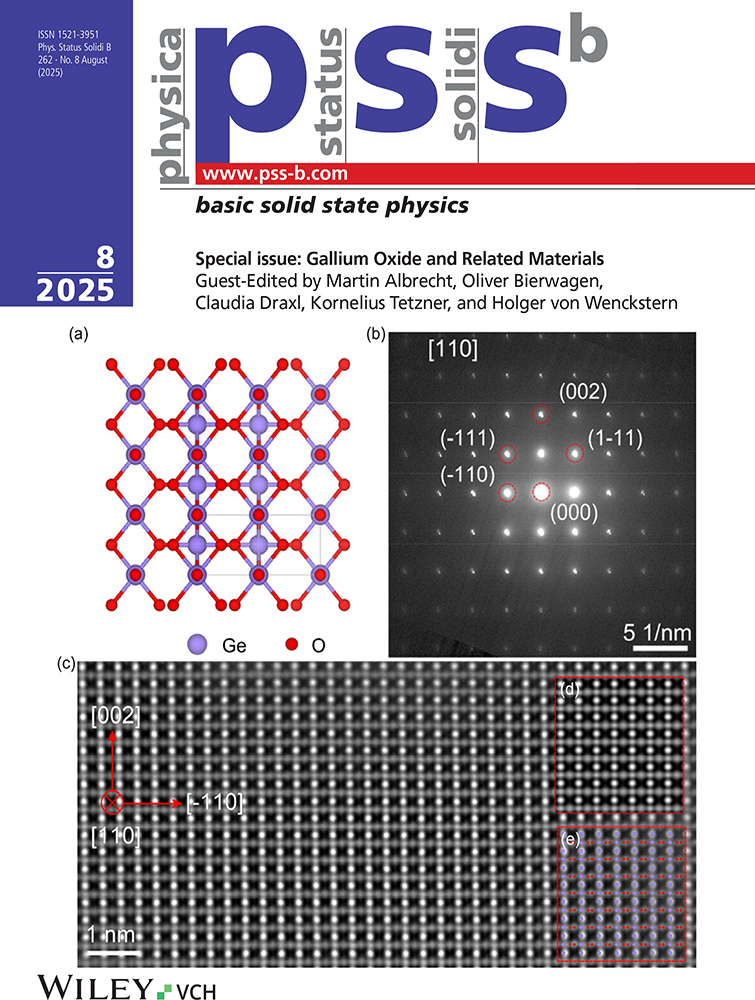Resonant Auger Electron Spectra at Si-, P-, S-, and Cl-1s Thresholds of Condensed Molecules
Abstract
Resonant Auger electron spectra were measured for several condensed molecules (Si(CH3)3Cl, SiCl4, PCl3, C3H7SH and CCl4) around Si-, P-, S-, and Cl-1s edges. It was commonly found that the most frequent decay channel after the excitation was a KL2,3L2,3 transition. As predicted by a resonant inelastic scattering theory, the phenomenon known as the Auger resonant Raman effect was observed in this transition. Namely, resonant (spectator) Auger peaks exhibited both linear energy dispersion and width sharpening. Only Si- and Cl-KL1,3L2,3 transitions in Si(CH3)3Cl were found to exhibit complicated dispersion profiles, probably due to two different excitations in each edge. Intensity plots of the spectator and normal Auger peaks revealed that Si-3p* and Cl-3p* orbitals in this molecule have different natures, i.e., the former and the latter consist mainly of localized and delocalized components, respectively.




